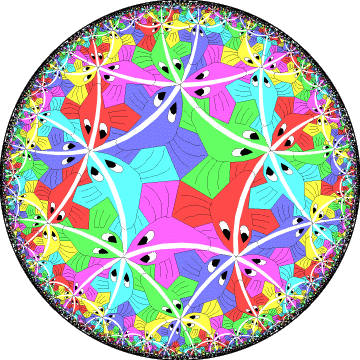Description:
Number Theory and Combinatorics are branches of
mathematics in which theorems and problems are usually easy to state
but often difficult to prove or resolve. This course will deal with
topics in these two fundamental mathematical fields, including modular
arithmetic, linear and quadratic diophantine equations, continued
fractions, permutations and combinations, distributions and partitions,
recurrence relations,
generating functions, formal power series. The use of computers
for mathematical exploration will
be encouraged through the computer program Maple. The course will
cover material from 'Number Theory' by George Andrews and supplementary
material on generating functions and species.
|



